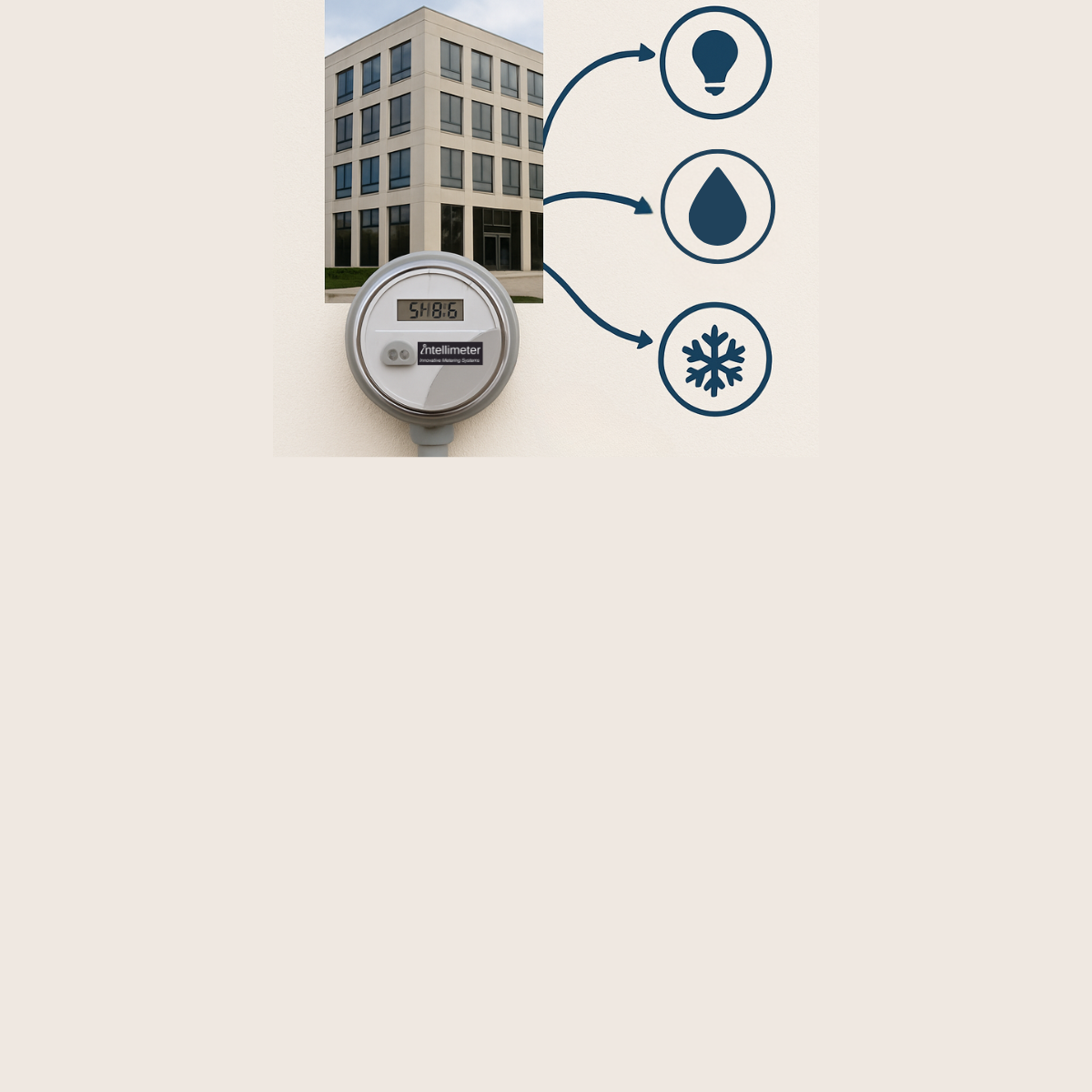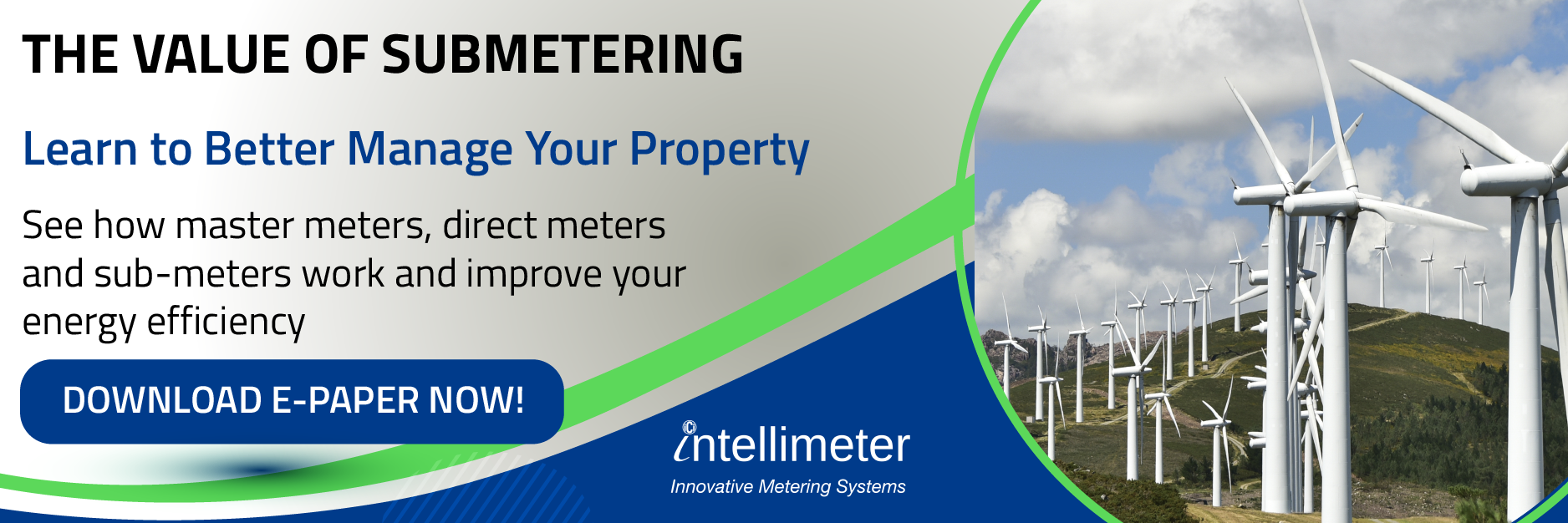ASHRAE 90.1 is more than just a building code requirement. It serves as a benchmark for energy efficiency in buildings across North America. It is a foundational element in shaping how energy is consumed, managed, and optimized in commercial and institutional buildings. As energy costs and sustainability goals become increasingly important, the need for visibility into where, when, and how energy is used has never been more critical. This is where submetering, a core aspect of ASHRAE 90.1, comes into play.
WHAT IS ASHRAE 90.1?
ASHRAE 90.1, formally titled "Energy Standard for Buildings Except Low-Rise Residential Buildings," is a joint standard developed by the American Society of Heating, Refrigerating and Air-Conditioning Engineers (ASHRAE) and the Illuminating Engineering Society (IES). It outlines the minimum requirements for the energy-efficient design of buildings, excluding low-rise residential structures. The standard provides two compliance paths: the prescriptive path, which includes specific efficiency requirements for systems and components, such as lighting and HVAC, and the performance path, which allows for flexibility through building energy modeling.
ASHRAE 90.1 has been adopted into various regional and national building codes, including the International Energy Conservation Code (IECC), and plays a critical role in green building certifications like LEED. Beyond compliance, it encourages designers and building owners to embrace long-term operational savings and sustainability.
SECTION 8.4.3: Metering for energy efficiency
One of the more transformative sections of the standard is Section 8.4.3, which introduces specific metering requirements. This section calls for building owners and operators to install energy metering systems capable of measuring total energy consumption and providing detailed data on energy use by system and end-use category. The goal is not only to collect data but also to empower building operators with actionable insights that drive efficiency and reduce waste.
ASHRAE 90.1 requires metering for various systems, including HVAC, interior and exterior lighting, receptacle (plug) loads, and other major energy-consuming systems. In multi-tenant buildings, separate tenant metering is also recommended to encourage accountability and enable fair billing practices. According to the standard, metering systems must be capable of storing data at 15-minute intervals, retaining this data for at least 36 months, and making it accessible for reporting and analysis.
THE TRUE POWER OF SUBMETERING
Submetering is often misunderstood as merely a tool for cost allocation. While it certainly supports accurate tenant billing, its real value lies in its ability to unlock detailed energy insights that inform smarter building operations. By tracking energy consumption at a granular level, building operators can identify inefficiencies, detect equipment failures early, and benchmark performance over time.
For example, a submeter can reveal if exterior lighting is operating during daylight hours or if HVAC systems are running outside of scheduled times. These insights enable timely interventions, ultimately lowering operational costs and extending equipment lifespan. Furthermore, by linking submeters with a Building Automation System (BAS), facility managers gain access to real-time dashboards, automated alerts, and historical trends that can guide maintenance strategies and energy-saving initiatives.
LIFECYCLE VALUE: DAY 0, DAY 1, AND DAY 2+
Industry experts often describe the value of submetering across a building's lifecycle in three phases:
- Day 0 (Design Phase): Proper planning ensures submeters are specified correctly, placed in accessible locations, and integrated into the building's energy and automation systems. This phase is crucial for long-term success.
- Day 1 (Construction and Commissioning): During this stage, meters validate system performance, assist with contractor accountability, and establish energy baselines for future comparison.
- Day 2+ (Operations): Once the building is operational, submetering becomes a critical part of daily energy management. Operators can monitor consumption in real-time, conduct data-driven audits, and evaluate energy-saving projects with accurate before-and-after comparisons.
CONCLUSION
ASHRAE 90.1 serves as a crucial guide for enhancing building energy efficiency. However, the real potential of the standard is realized when submetering is treated not just as a compliance item but as a strategic investment. With the ability to support operational efficiency, cost savings, and sustainability, submetering is one of the most effective tools building owners and operators have at their disposal.
Stay tuned for Part 2, where we explore how to design a submetering system that not only meets ASHRAE 90.1 requirements but also delivers long-term value.


